1961 Campaign to End Racial Segregation - Fourth Street Shopping District
Introduction
Text-to-speech Audio
Images
The Kaufman-Straus building is now part of the entertainment district 4th Street Live
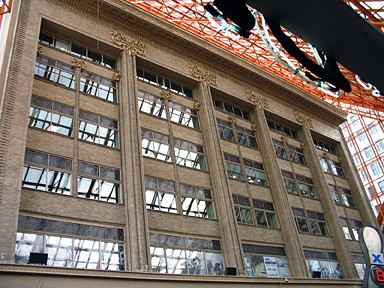
A 1961 protest against segregation near Kaufman-Straus Department store.
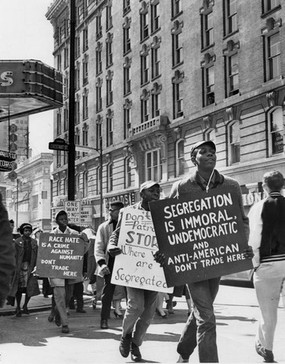
Tracy K'Meyer: From Brown to Meredith: The Long Struggle for School Desegregation in Louisville, Kentucky, 1954-2007. Available for purchase by clicking the link below.
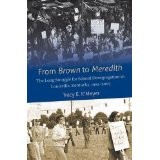
Tracy K'Meyer: Civil Rights in the Gateway to the South: Louisville, Kentucky, 1945-1980. Available for purchase by clicking the link below.
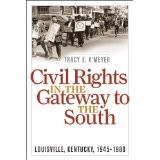
Tracy K'Meyer: Freedom on the Border: An Oral History of the Civil Rights Movement in Kentucky. Available for purchase by clicking the link below.
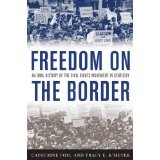
"Nothing New For Easter" Campaign, Spring 1961.
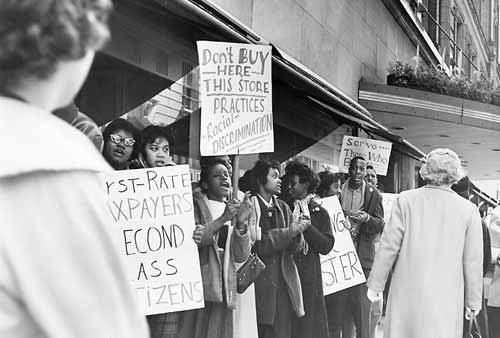
Protesters in downtown Louisville, 1961.
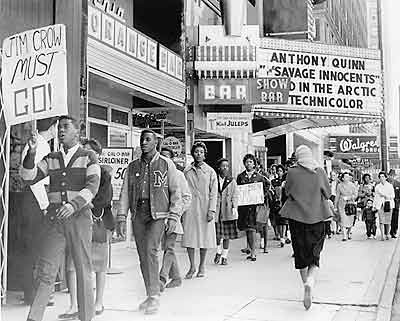
Sit-in at the "Blue Boar," 1961.
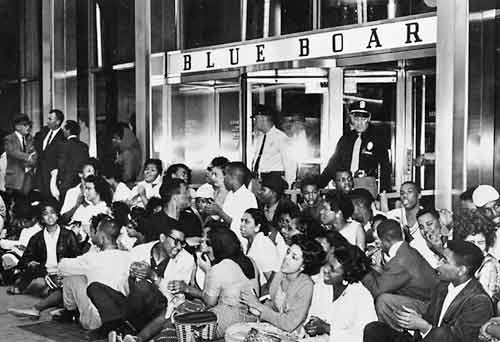
Backstory and Context
Text-to-speech Audio
The protests led the management of Kaufman and Stewart's to request negotiation in 1961, but neither store proceeded towards integration. The joint department store sit-ins began under the leadership of Raoul Cunningham on February 9, 1961. On February 20, the police arrested Cunningham and four teenagers. By the spring of 1961, over 700 residents of Louisville had been arrested--more than in any other city in the nation. Between 1961 and 1962, African Americans continued their pickets, boycotts, and sit-ins, seriously disrupting business in the downtown area. Recognizing that these protests threatened their city's economy and might also disrupt the Kentucky Derby, Louisville businesses began to serve Black patrons, and the city became the first major city south of the Mason-Dixon Line to bar racial discrimination in public accommodations in the spring of 1963.
